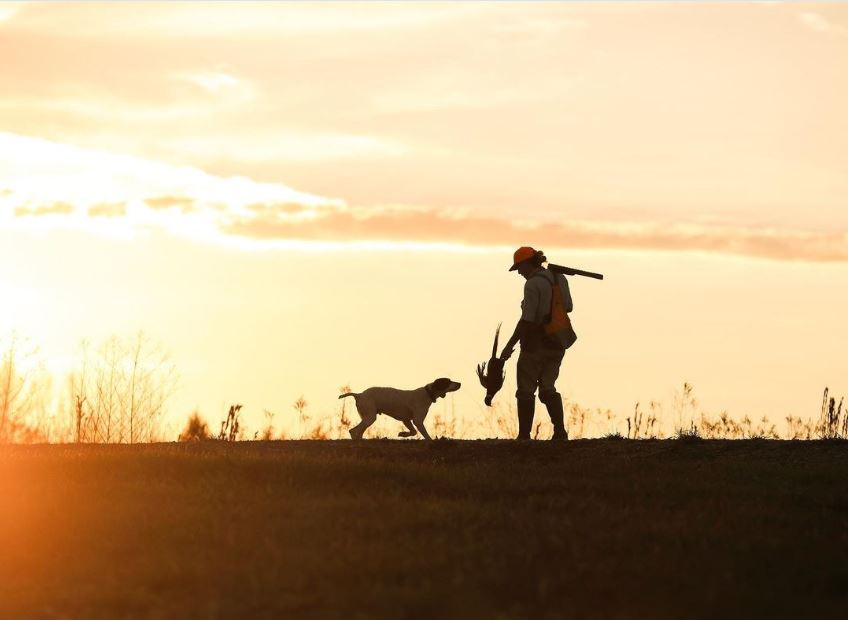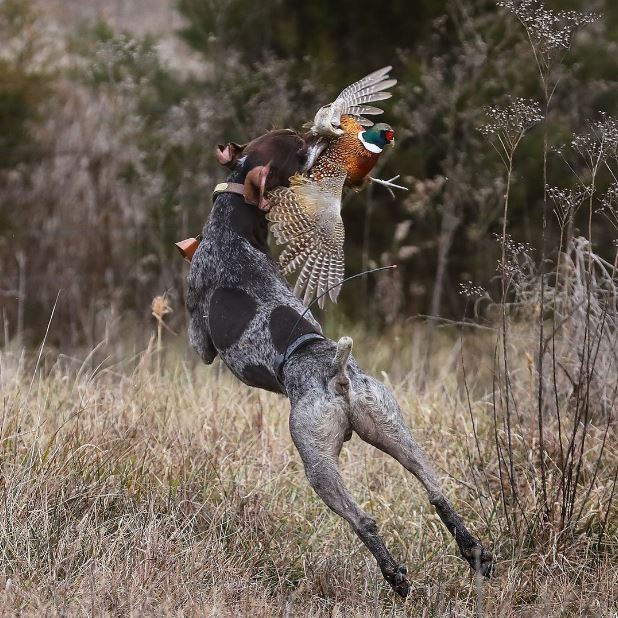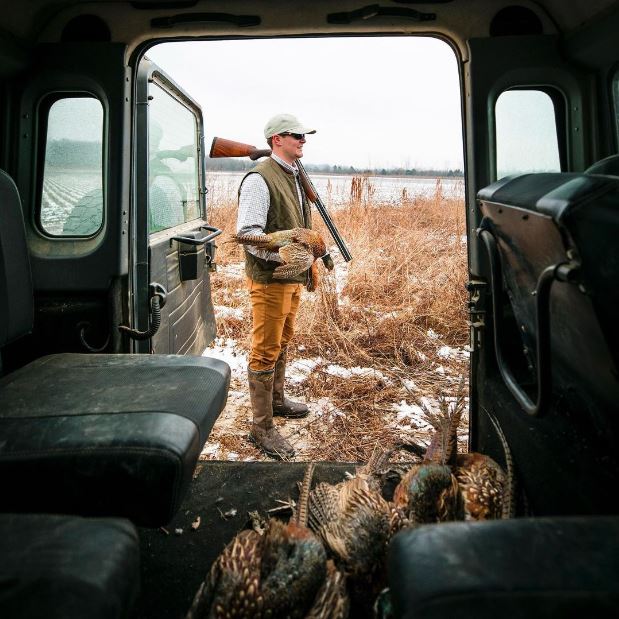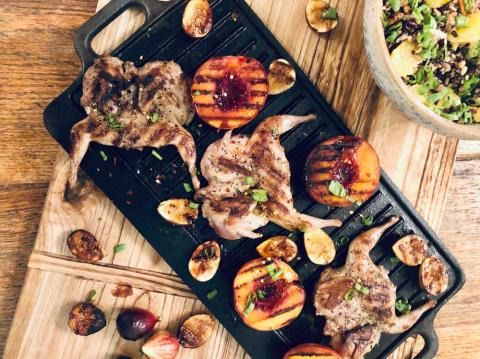Before last pheasant season, did you spend a little more for better shotgun shells? Did you leave work early to spend more time at the range? After all that, did you watch a rooster keep flying that you thought should have dropped? As you watched the rooster sail on and heard your buddies talking smack, did you wonder why this keeps happening? Maybe your shotgun is not choked right; let’s dive into finding the best choke for pheasant hunting.

Know Your Choke Tubes
If you are new to hunting, or maybe you have a new shotgun that came with a box of choke tubes, you may not understand what they do. Before you look for a smoked pheasant recipe, let’s run down what each choke tube does and how.
The following is generally true for choke tubes and lead shot:
1. Improved Cylinder – Little barrel constriction; generally used for shots out to 20 yards or more
2. Modified – More barrel constriction; generally used for shots out to 30 yards or more
3. Full – Tight barrel constriction; generally used for shots out to 40 yards or more
Today, these three tubes are often shipped with new shotguns. There are many other choke tubes available, such as skeet, light modified, improved modified and extra full. For the sake of argument, we will focus on the improved cylinder, modified and full choke tubes.
The improved cylinder generally puts the optimum number of BBs in a target at 20 yards. It is the least constrictive choke tube. The coverage at 20 yards is such that a bird or other game would sustain a lethal hit. At this distance, there is little chance it would find a hole in your pattern.
The modified choke (or improved modified) will put the optimum number of BBs in a target at 30 yards, with little chance the bird or game will find a void in the pattern to escape.
The full choke will reach targets or game farther away and is used for shots out to 40 yards. This long-range choke tube will pattern well at 40 yards, where other choke tubes simply can’t hold a pattern that far.

Know Your Distance
If you plan a pheasant hunting trip to South Dakota or Kansas, it is good to call ahead and find out how far the average shot is. Shot distance can vary, depending on the terrain. Fence rows, swampy edges or CRP may lend themselves to closer shots, while wide-open fields require shots at pheasant farther away.
Outfitters and guides will appreciate you using the proper choke; the goal for everyone should be an ethical kill. Besides, no guide wants his hunting dogs chasing crippled birds all morning. There is no better feeling than watching good dogs working and dropping a flushing rooster on the first shot.
Seasons Change
Don’t be surprised if the distances you are shooting change as the season goes on. There is more cover in the early season. Often you find yourself hunting in corn seven feet high. Pheasants tend to hold longer when the cover is better, so shots will be up-close and personal. It is best to use an improved cylinder with a smaller shot size. A No. 6 to 7.5 lead shot or No. 6 steel shot works well.
Mid-season hunting can be wild, as the more educated birds often flush early. The corn is cut and, with the dying vegetation, there is less cover. Thirty-to-forty-yard shots are common, so you will need a choke and shot selection that can reach out and knock them down. A modified choke with No. 5 or 6 lead shot will keep you in the game when the pheasants flush early. If you need to use steel shot, No. 4 works well.
Late-season pheasant hunting can be challenging as you hunt the thick cover this time of year. Braving the cold is well worth it when you flush 20 birds from a single thicket. This is not the time to let your guard down, as most anything can cause a flush at any time. The late season warrants a modified choke with No. 5 lead shot, but if you have a shotgun that can handle a 3-inch 1 5/8 load, go with that. If you’re using steel shot, a No. 4 works well in the late season.

Know Your Regulations
Some state and county regulations may require the use of steel shot, even when hunting pheasant. In some cases, your outfitter may require steel shot even when the state does not. As a rule, when shooting steel shot, you use 1-degree-less constriction. The following are good rules:
1. For a full pattern with steel shot, use a modified choke tube.
2. For a modified pattern with steel shot, use an improved cylinder choke tube.
3. There are full choke tubes specifically designed for steel shot. Verify that your choke tube supports the use of steel shot and follow the choke tube, gun and ammo directions for proper use. Generally, No. 4 steel shot and below do not pattern well with a full choke.
It would be best if you pattern your gun with both lead and steel shot. It is surprising how different shotgun, choke tube and ammo combinations will pattern. When conditions change and you need to move from improved cylinder to modified, you will know what your effective range is.
More Practice Saves Money
Knowing what choke tube patterns best with the ammo you plan to use is a game-changer. Once you have determined the chokes you will use on your next pheasant hunt, put the hours in at the range. The more you learn about your shotgun and how different choke tubes and ammo combinations interact, the better shot you will be. This is your year to stop that rooster from sailing on and put him in your vest.































